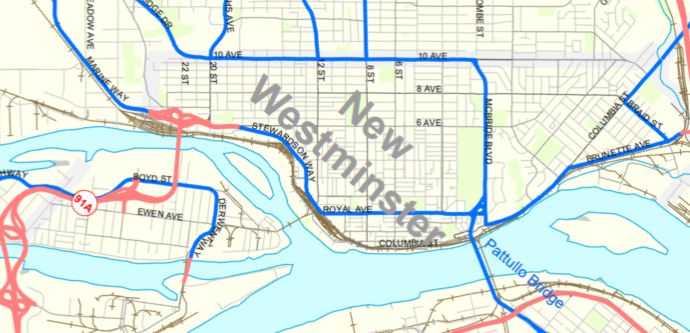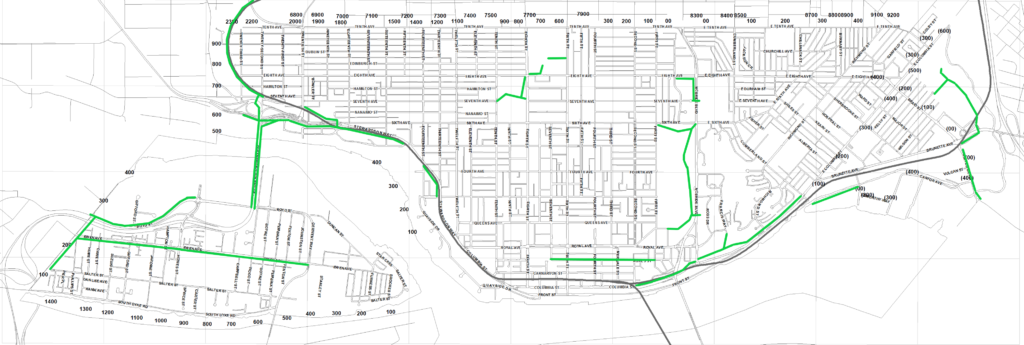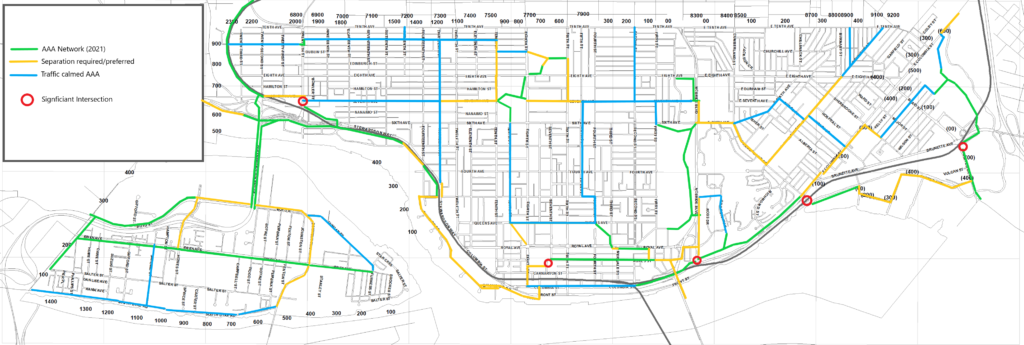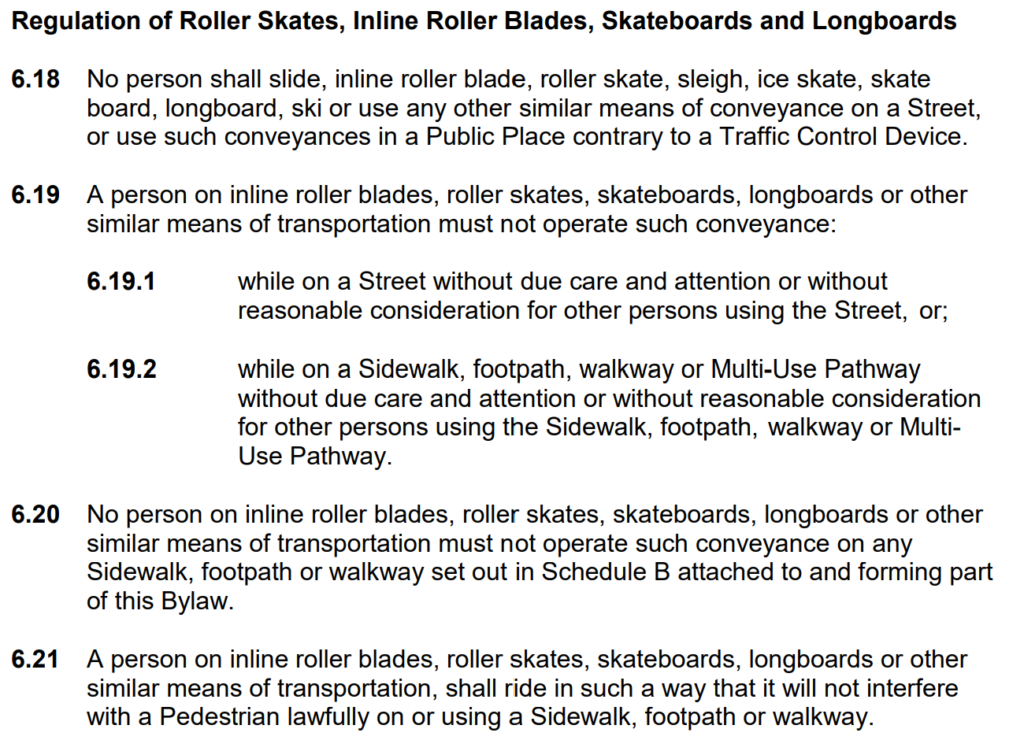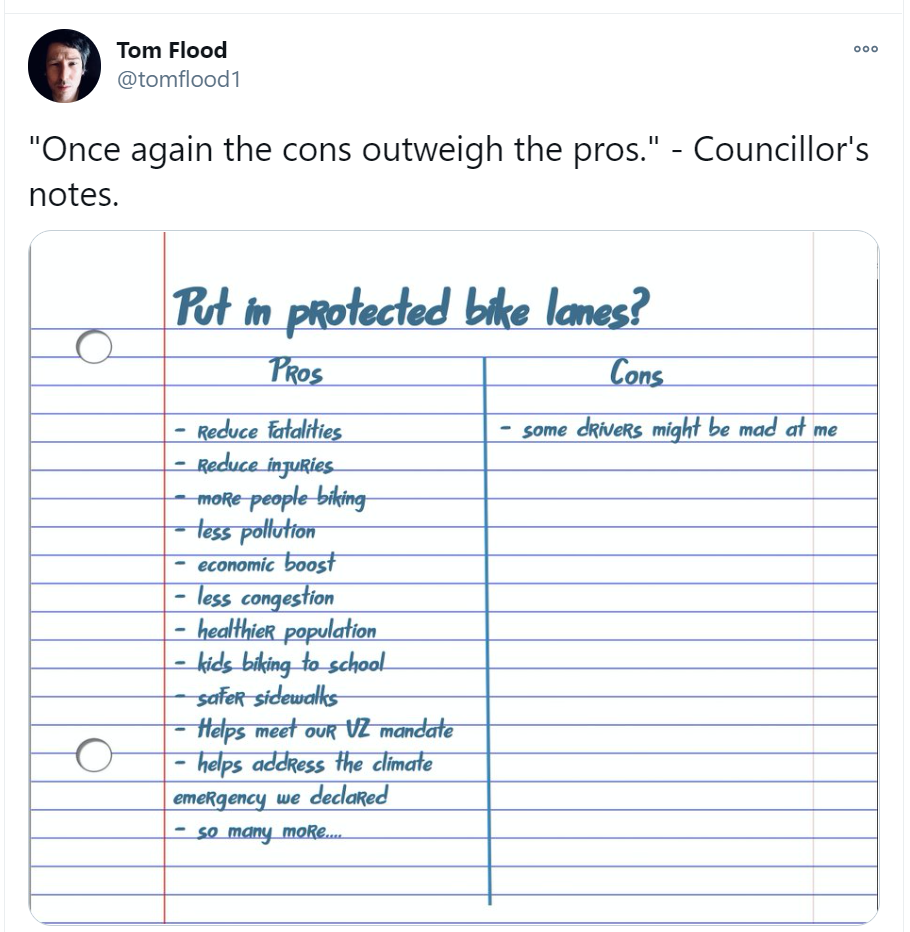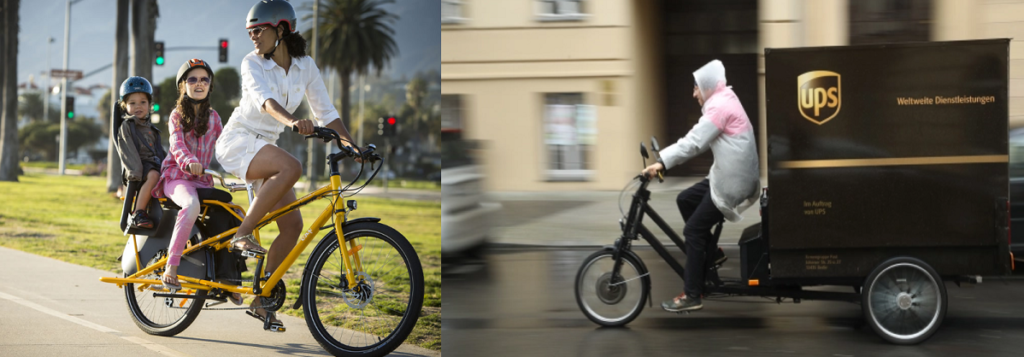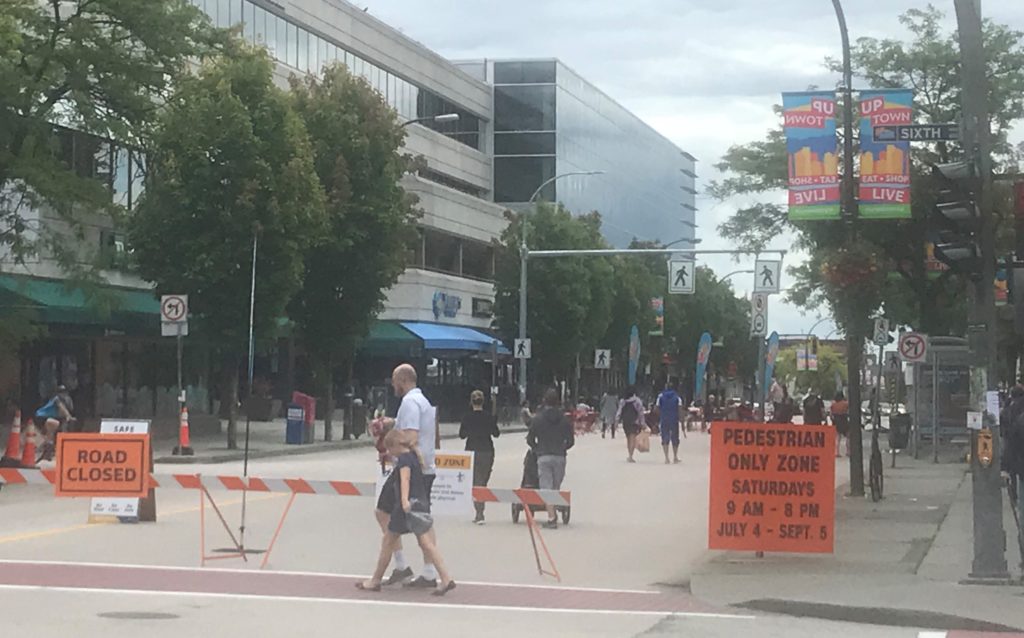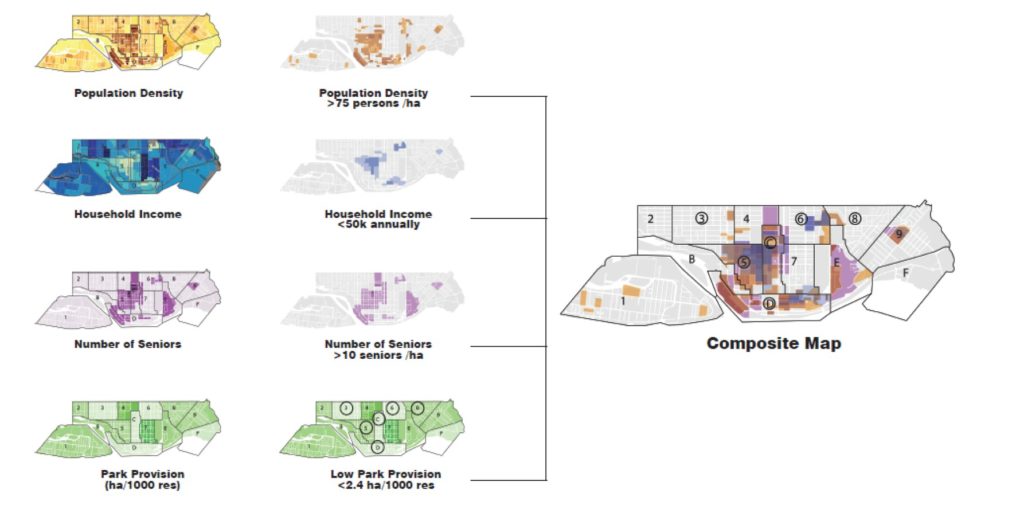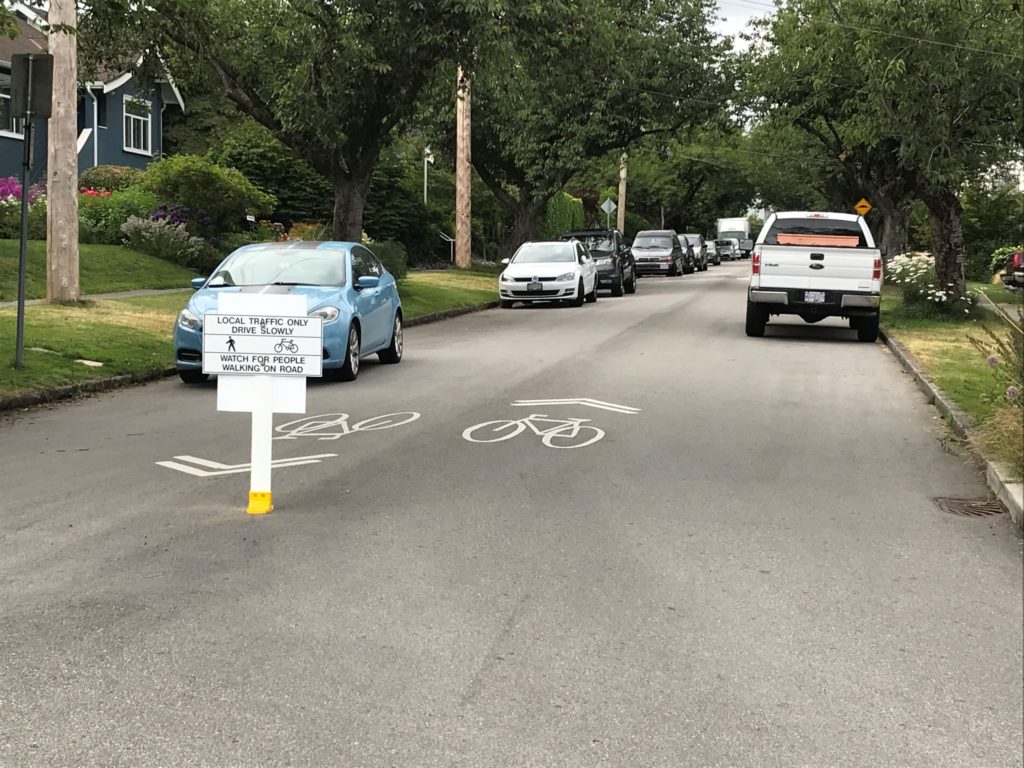I raised some concerns about the Royal Columbian Hospital expansion project in Council this week, and I thought it would be worthwhile expanding on the issue here. This is a unique development in the City, and that takes a bit of unpacking what a rezoning really is to explain where we are now. So background before gripes:
Usually, a rezoning in the City is a negotiation between a private land owner (commonly a development company) and the City. They want to build a building that doesn’t meet current zoning, usually bigger than permitted or a different use than permitted. The City looks at a rezoning proposal as an opportunity to negotiate value to the community. We ask what the benefits to the community may be (housing, affordable housing, amenities, tax revenue, infrastructure renewal, etc.) and what externalized costs may be involved (traffic, sewer capacity, green space loss, etc.). The job of the rezoning process is to maximize those benefits to offset those externalized costs. If we ask too much, the developer can’t pay the cost, so they take their ball and go home. If we ask too little, we are eroding the community and passing costs on to future generations.
Clearly, RCH is different than other “developments”. This is a provincial government project, a significant health asset for our community, and an important development for the entire region. RCH is also the City’s largest employer and the heart of the Sapperton community. The City wants an expanded RCH, the expanded health care capacity, and the good jobs that come with it. We want the spin-off economic effects of health services and support businesses in the neighbourhood. To balance that a bit, Fraser Health has a significant investment in the physical assets on site, and moving the hospital out of Sapperton is not something anyone would seriously consider. so this is already a torqued negotiation.
On top of this, it is important to remember that Municipalities, and our Bylaws, exist at the pleasure of the provincial government. Fraser Health (as an agency of the provincial government) is going through our rezoning process because that is the community expectation codified in bylaw, and it is the right thing to do to assure their work addresses the needs and wants of the community. However, they don’t strictly need our approval. They can grant themselves an exemption to our bylaws and build what they want. But I take on good faith that their desire is to meet the needs and expectations of the community they serve, and going through the rezoning process is an example of that.
In the review of first and second reading of the rezoning on Monday, I expressed my opinion (speaking for myself, not all of Council, of course) that Fraser Health failed to meet the expectations of the community, and indeed their own policy goals, in how they designed the transportation realm around the new hospital. Along with the rest of Council, I voted to support First and Second reading, but I added an amendment making some specific asks of Fraser Health, and tried to make clear my support for further readings will be contingent on how they address these serious concerns.
OK, on to the gripes.
Royal Columbian Hospital is the only hospital in British Columbia built immediately adjacent to a rapid transit station and on a regional Greenway. Beyond that, it is located in a City that has made serious commitments to Climate Action, has signed onto the Declaration for Resilience in Canadian Cities, and has both an Official Community Plan (OCP) and a Master Transportation Plan (MTP) that speak to moving us past motordom. Yet, the largest employer in the region has brought us a plan that serves to entrench the private automobile as the primary form of transportation to a facility meant to serve the region for decades ahead. That is a failure to set a building into appropriate context, a failure to design, and a failure to lead.
It is 2020; we need to do differently.
Since Fraser Health first brought plans for the hospital upgrades to us a couple of years ago, the City has pointed out a fundamental design flaw. The building literally turns its back on the Skytrain station. Though the project team as tried to address this issue by creating a somewhat uninspired back entrance plan where pedestrians can go through a parking garage entrance and find and elevator to a back hallway, the plan for access shows pedestrians and transit users are an afterthought to the transportation plan.
Indeed the hospital is being built immediately adjacent to a SkyTrain Station – less than 30m from the weather-sheltered exit from the transit station. However, a pedestrian walking or rolling to a primary entrance must travel 500m, up a hill, around the entire bulk of the building, and through a parking lot. Attempts to make this route universally accessible (with a grade less than 5%), would add significant distance in the form of switchbacks to this route. It also involves an at-grade (non-signalized?) crossing of a road that is both designated a truck access and a vehicle access to the parking garage. So it is on Transit, but turns its back to transit.
I have also spent a couple of years relating concerns about the potential impacts this project will have on East Columbia if we don’t do it right. The City’s clear and long-established plans call on East Columbia through Sapperton to serve as a “Great Street”. According to our Master Transportation Plan “Great Streets require planning and design that goes beyond the typical street function of supporting through traffic. Planning and designing Great Streets means providing characteristics that make streets destinations – places for people to be, instead of places to move through”.
I appreciate the work Fraser Health and City Staff did to assure the streetscapes along East Columbia are mixed mode and modern, but that is spackle over a flawed foundation. We need to re-align this map to assure that Brunette Avenue – acting as the regional road and regional truck route it is and is meant to be – becomes the primary connection to the Hospital for large trucks bringing goods to the hospital, and for drivers who choose to drive to the hospital from the wider region. Simply put, East Columbia cannot achieve the goal of being a Great Street if it is expected to carry the bulk of this regional traffic.
That means we need to change Brunette Avenue, and that is something that will require partnerships with TransLink (who should get this) the Ministry of Transportation (who will need to be dragged kicking and screaming), as this part of Brunette is both Major Road Network and a regional truck route. Senior Government transportation staff are going to say that installing a safe intersection at Brunette in the vicinity of the Hospital will impact Level of Service for all the through-traffic that the route serves. I do not doubt that, but wonder again whether we are using the right measures to assess the function of our transportation network. Fraser Health should be making this case to these provincial agencies, not the City. But here we are.
With all of this in mind, I asked that the City ask Fraser Health to commit to three things before adoption of the rezoning:
• A seamless and universally accessible connection to the SkyTrain Station befitting a primary entrance to the hospital as part of to the current design;
• Developing a plan to shift all transport truck access from E Columbia to Brunette Avenue; and
• Developing a plan to shift the primary access for regional automobile traffic onto Brunette Ave instead of E Columbia.
Now, an argument could be made (indeed was made in Council) that this was all too late and we cannot ask Fraser Health to change course on such a major project at this late stage. If we are unreasonable now, are we jeopardizing the entire project?
Allow me to retort.
Nothing I said at the meeting should be a surprise to the Project Team, or to Fraser Health. Every opportunity I have had to talk to Fraser Health about this project over the last few years – at ACTBiPed consultations, in the Transportation Task Force, at Council presentations, in their open houses, I have made these points. They have heard it reinforced by our Advisory Planning Commission and through our transportation planning staff. This policies driving this are baked into our City’s planning and transportation documents. We have been banging this drum all through the consultations, Fraser Health has been dancing to a different beat.
This is doubly frustrating because this is also at odds with Fraser Health’s own direction in regards to the role of motrodom in Public Health. Fraser Health knows that climate change is a public health challenge that is exacerbated by automobile dependency. As the region’s leading trauma hospital, RCH is fully aware that automobile dependency is a leading cause of traumatic injury, and automobiles are the #1 cause of death for young people in Canada and around the world. Sedentary lifestyles, asthma exacerbated by air pollution, urban heat island effects, the direct and indirect health impacts of the social and economic harm posed by automobile dependency, etc. etc. That cars are bad for public health is not a controversial idea.
So what role does such a large employer and a large service provider in the community have in moving past motordom? When it comes to a rezoning and developing a new asset for the next century, they should look at the clear goals set out in Official Community Plans and Master Transportation Plans and try to address those. When that developer is a provincial government and provincial Health Agency, they should also determine if their plans address the Provincial Government’s own stated goals about climate, about auto dependency, about smart growth and sustainable communities. When they all coincide, we shouldn’t need a pipsqueak council using zoning laws to force/cajole community investments towards those goals.
I do recognize that Fraser Health has made some commitments to Transportation Demand Management (TDM) related to the hospital expansion project. However, those seem to have been driven by a need to address the cost of building parking, and making the case for parking relaxations. I fully support those TDM measures, and appreciate to commitment, but the design of the building and surrounding transportation network does not enhance these TDM measures, and undermines their ultimate effectiveness.
They can do better, and we need to do better. It is 2020, and the planet is in peril. This is the decade we change the status quo to address climate, or the decade where we abandon future generations to their fate. If we choose the latter here, we are going to need a bigger hospital.
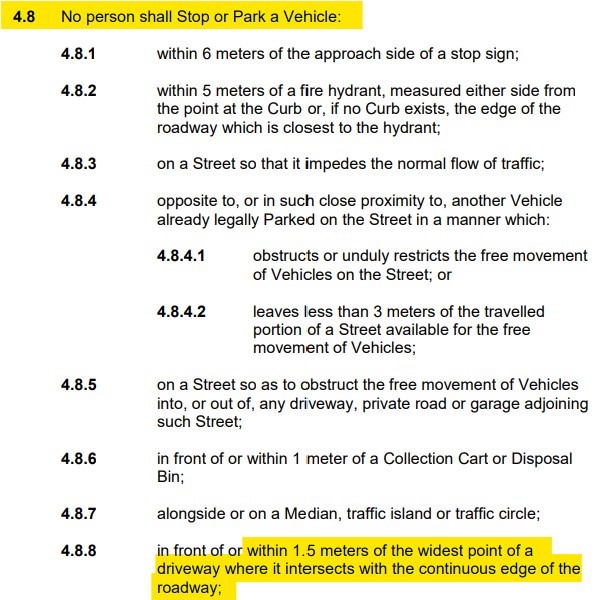
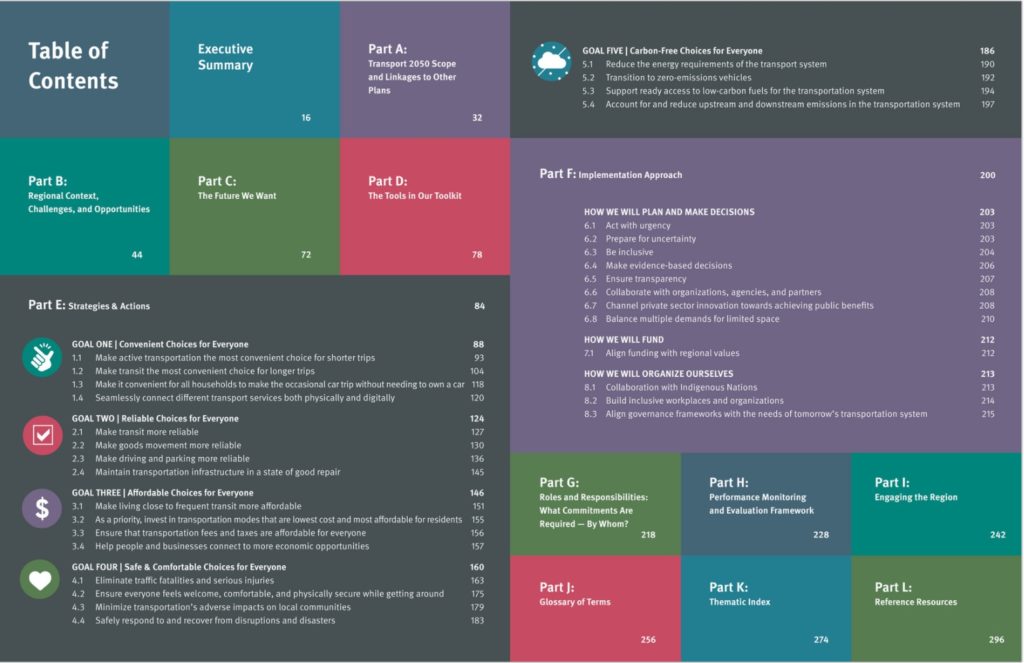

 There is a good defense for going in this direction in the plan, and to Active Transportation advocates, there is nothing surprising there. 30km/h saves lives, and makes shared spaces on our City streets much more comfortable for all users. It also allows us to start re-thinking how we design our streets. I talked a bit about that
There is a good defense for going in this direction in the plan, and to Active Transportation advocates, there is nothing surprising there. 30km/h saves lives, and makes shared spaces on our City streets much more comfortable for all users. It also allows us to start re-thinking how we design our streets. I talked a bit about that 